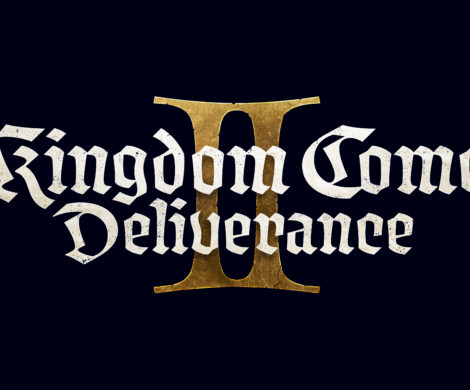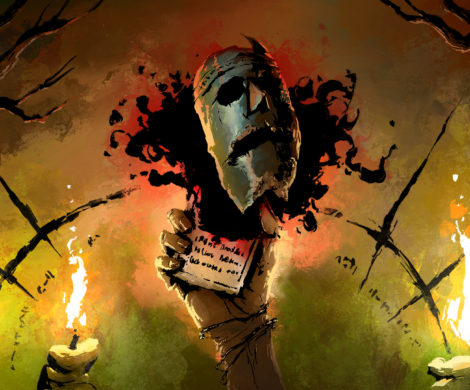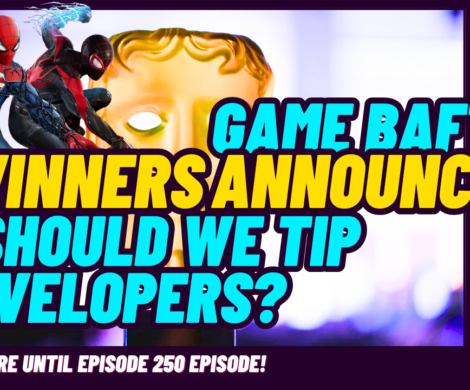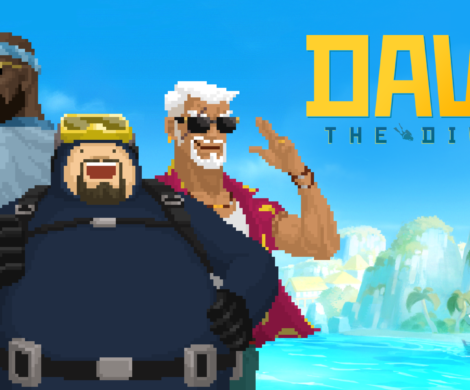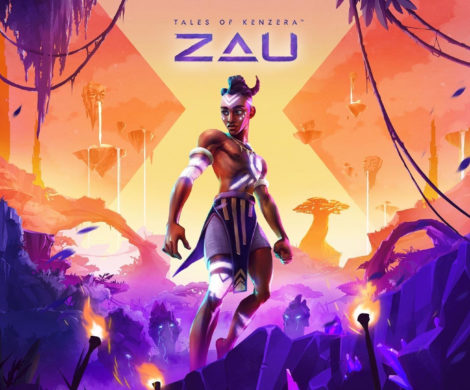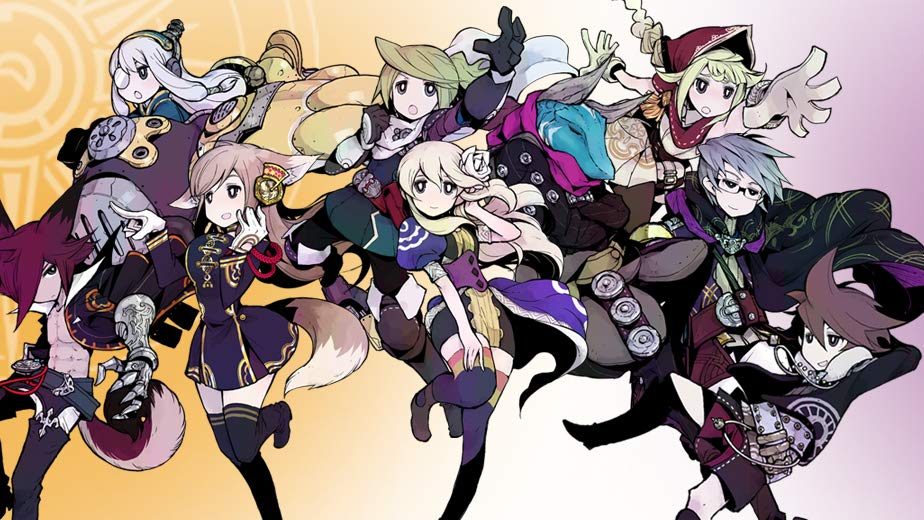
Blending classic JRPG tropes with a handful of newer mechanics, it should be a no brainer. But will the same old story and dialogue beats hinder this remaster? The Finger Guns review.
The Alliance Alive HD is going to be one of those games that makes me seem like a complete hypocrite, or at least someone who likes to be contrary.
For you see, I absolutely love a good ol’ fashioned JRPG (Japanese Role Playing Game). Outside of the obvious Final Fantasy’s (of which VIII is the best, fight me), my early teens were chock full of them. The Suikoden’s, Grandia, Vagrant Story, Legend of Dragoon, even the naughty imported ones like Xenogears and Chrono Cross. There’s a fine pedigree of “classic” RPG’s lodged in my brain from the past eighteen or so years, each one a slice of something special.
So, in theory, The Alive Alliance should be right up my street, right? A throwback to the older styles of Japanese tactical adventure games, combining “old school” elements with some modern takes on genre, all wrapped up by your standard “save the world” framing device.
Yet, whilst it seems like it should, it doesn’t. A prime example of bigger not always being better, its cute and quirky looks don’t translate well to bigger screens. Coupled with what can be seen as a cliched story and well-worn character tropes, The Alive Alliance HD misses a few beats on its transition to remaster.
Or maybe I’m just a cynical old man, who knows? Let’s have a look…


The biggest issue for me to get my head around, is why it was ported to the PS4 at all. Granted, it could be to extend the reach of the title. Maybe it’s a sort of cultural exchange, as Grandia is being HD’d and ported to the Nintendo Switch. But my gripe with The Alliance Alive being on the PS4 is that it just looks out of place. Not following me? Okay, I’ll try and break it down…
You know how you can tell by the look of a game that it should be on a particular system? Say, you look at something like any of the Total War games, and you think, “That’s a PC game, it’s definitely a point and click”. Or, you see a vast majority of cutesy platformers featuring anthropomorphic animals and your mind automatically assumes it’s a Nintendo game (which I know isn’t always a dead cert, but go with me).
Well, The AA has all the hallmarks of a handheld Nintendo game. It’s cutesy, chibi-esque looks are a dead ringer for another popular duo of games, the Bravely series. Whilst not the first game to incorporate it, it’s easier to pull off on a handheld. Or, at a push, the Switch, because it utilises handheld gaming too, and would be fitting for “a Nintendo game”. Yet on something with a wee bit more power like the PlayStation, which has a penchant for wanting to push graphical boundaries and show off on high end TV’s, it seems a bit of a waste.
Now, I’m very aware that graphics to not alone a game make. I am not that much of a snob to dismiss a game if it’s not in super high resolution 4K or whatnot (that’s for PC gamers), but this is a prime example of bigger not always being better. Whilst it may tout the “HD Remaster” tagline, it doesn’t really seem like an improvement, except for the usual trimmings of smoother textures and such. There’s just no meat to it.
Aside from the dinky character models, the surroundings don’t offer much in the way of dazzle either. Towns look, for want of a better word, flat. Yes, they are meant to be the background, but they have zero charm. Final Fantasy Tactics and Saga Frontier(s) had the watercolour-ish looks, Suikoden and Alundra had 2D pixel art, Legend of Mana had the beautifully bright worlds in each of its little land egg things, but The AA has no appeal. Again, if this were on a handheld, it would be a byproduct, barely worth consideration. But on anything bigger than a 10-inch screen, you’re going to be drawn to it, yet not in a good way.
But, as I’ve said before, perhaps that’s just me being a cynic in the modern age. I adore Grandia, and that was originally on the Saturn, so that didn’t have a lot going for it at the time in the looks department. Let’s get into the heart of any RPG; the story.


If I said “standard JRPG affair”, could I just call it a day there? What, I have to actually make this review worth reading? Fine…
In a land separated into four continents by the oceans, a race of monsters known as Daemons have ruled humanity for the past thousand years. The Daemons subjugated humankind, out of fear of an energy that humans possessed. This, whether known to them or not, is what caused the Daemons to wipe out most of human life with a calamitous barrier known as the Dark Current. Having infiltrated the oceans and created impassible areas across the continents, the humans that are left are essentially cut off from each other. As we start the game, it’s already been established that the Daemons are in charge of their given continents/regions, which, as you may have guessed, doesn’t sit well with humankind.
Which brings us to the Night Owls, a resistance group that vows to take these Daemon overlord(s) down and restore humanity and peace across the land. Within the first few hours, we’re introduced to a core group of this trope troupe, and prepare to have your socks remain firmly on your feet, because none of these will surprise you.
You’ve got Galil, your everyman protagonist who, despite being a cautious wreck, will be persuaded to do anything with enough nagging/encouragement. This usually comes from Azura, a young lady with a personality as flamboyantly annoying as her name. They eventually meet up with Renzo, who is essentially Ringabel from Bravely Default sans memory loss.
Along the way, they team up with a veritable handful of cliches across the norms for an RPG, including but not limited to: a half-Daemon historian and her butler, a well-versed monster soldier that initially worked with Azura’s father, and a mercenary. At this point, if you don’t have a mercenary in your fantasy RPG, you’ve been reading from the wrong cheat sheet.
If it sounds like I’m weary about it all, it’s kind of because I am. Like I said, I may be a hypocrite in that I’ve played many a similar game with a generic supporting cast before, it’s just that The Alliance Alive brings nothing new to the table in terms of story or world building. I initially thought that of Bravely Default, until you got sucked into its multiple world shenanigans. Whereas there’s no hook in The AA that’s keeping me from saving the world once more.
But then, if you hanker for some old school JRPG shenanigans, then I see no reason why this wouldn’t be for you. There’s nothing wrong with liking the same old rehashed story, or they would have stopped making Transformers films after the first one.
So, what is there in The Alliance Alive HD Remaster that makes it worthy of a good ol’ thumbs up from me…? Well, it does have a pretty decent combat and skill system.


One thing that The Alliance Alive remaster does eschew from the standard JRPG is its leveling system. Instead of the usual grind: gaining experience points at the end of the battle for an incremental level system, The AA instead goes for a skill based approach.
The “Awakening” system is similar to that of Vagrant Story’s weapon system: the more you use something, the more skills you unlock for that weapon class. Each character can use each weapon class, with these ranging from single and double handed swords, spears, magical staffs and shields, even fist fighting based equippable weapons. So the more that you use a sword, for example, the more skills you will unlock to use in battle. These are similar to any special attack in a game, using a set amount of Skill Points each time. As with most things, it’s down to you to establish what kind of team you want, and how to try and work out what kind of squad works best for you. Do you want strong, sword bearers at the front, with a few archers in the back rows for support? Or perhaps you fancy a tram of steadfast warriors, or instead a range of rearguard magicians, or a mix of the two? There’s no set way to play, and The AA gives you plenty of time figure out what works best for you.
The “Talent” portion of the game is what replaces the typical level-based system of say, Grandia or Suikoden. Instead of experience after battle, you earn Talent Points. These can be spent on a multitude of talents, again depending on how you want your characters to progress. You can’t use items outside of battle, so health and skill points regenerate in random amounts. So you can spend some points on a talent that improves the rate or how much you get after battle. Or you can spend them on a skill that makes you less visible to enemies, or better yet, grants you a chance of having the first strike. It even links to the Awakening aspect, allowing you to purchase talents that quicken the unlock rates for skills being learnt with a particular weapon, or several if you want a balanced player.
While this does replace the traditional system a lot of games use, it still encourages the grind aspect that a lot of games have. As you would naturally expect, the game actively encourages you to explore the many options and team builds available to you. It may just seem like a fancy way of calling a level-based system something else, and it totally is, but it’s a nice approach all the same.
One of the nicer caveats is the world itself, namely in the form of the Guild Towers dotted around the map. If you engage in battle near one of them, you gain a chance of a random support or buff in battle. These can come in the form of airstrikes to damage enemy parties, or a shield that strengthens the defense of your party. They’re not always guaranteed, but it’s nice to have a slither of a chance of support than nothing at all. Yet, it does create the dichotomy early on: play it safe and farm the same enemies within the safe confines or a tower, or venture further afield and take on stronger enemies for more risk/reward? That, my dinky-looking party, is entirely up to the person controlling you.


So, you’re probably wondering if this is a recommendation and I’m being deliberately flippant, or this is just a lazy and contrarian way of warding you off from playing it?
In a way, it’s kind of both. As I’ve said, if you enjoy playing the same kind of JRPG over and over, with tweaks on the battle or level systems, then you’ll be right at home with this one. It may have a generic story, with many elements of similar games already, but it’s not the worst RPG I’ve ever played.
However, for me, I still can’t shake the “It’s a Nintendo game” mentality. Now, if you’ve got a Switch and you want something you can play handheld and/or on the TV then this, weirdly, fits the bill. Nintendo has been a go to for many East and Western RPG’s for quite a while now, and rightly so. However, the PS4 isn’t the console to push something so thinly remastered that it’s insulting to call brighter textures “high definition”. Yes, I know looks don’t mean everything, or so I’m realising I’m now told by a lot of people in an effort to make me feel better.
I suppose then, that this is a recommendation, but with a big ol’ asterisk stuck to it. It works well as a handheld, but not for the high end TV user. Or maybe I’m just being obtuse. Who knows…


Developer: Cattle Call
Publisher: NIS America
Disclaimer: In order to complete this review, we were provided with a promotional code from the publisher. For our full review policy, please go here.
If you enjoyed this article or any more of our content, please consider our Patreon.
